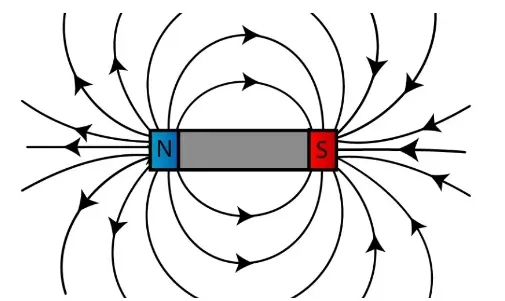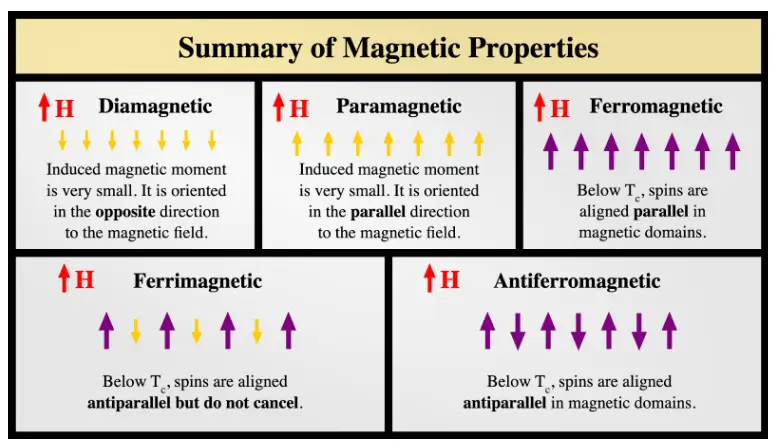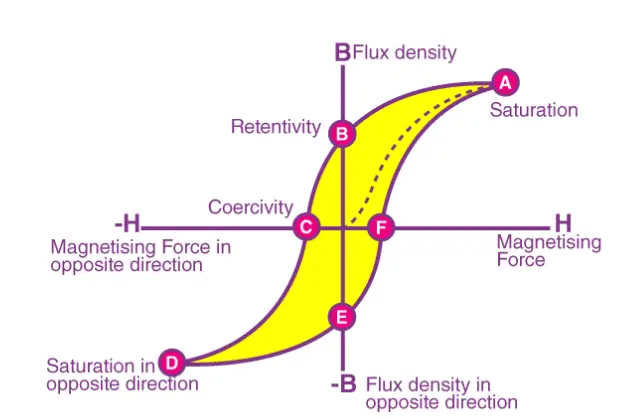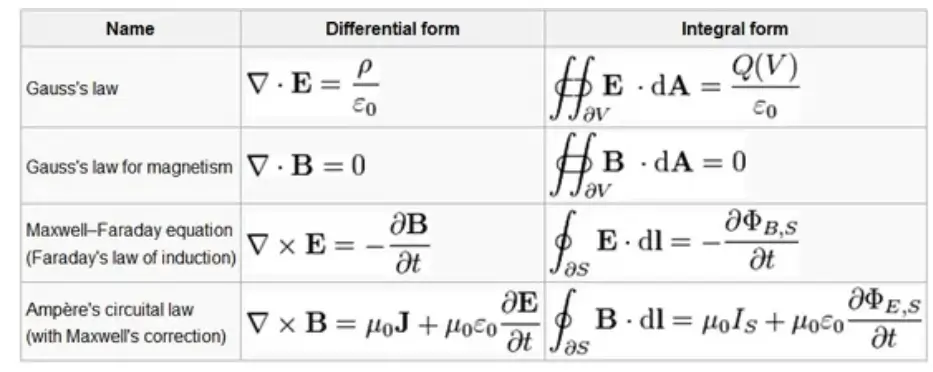Definition of Magnetism
Magnetism is a fundamental force of nature, a phenomenon by which materials exert attractive or repulsive forces on other materials. It is primarily observed in materials like iron, cobalt, nickel, and certain alloys, but it is an intrinsic property of all matter, stemming from the electromagnetic force—a fundamental interaction that also includes electric forces.
Origins and Theoretical Background

Magnetism arises from the motion of electric charges. The two primary sources of magnetic behaviour in materials are:
- Orbital motion of electrons around the nucleus: Electrons moving in orbits generate tiny current loops, creating small magnetic fields.
- Spin of electrons: Electrons have an intrinsic form of angular momentum called spin, which also contributes to magnetism. In atoms, paired electrons (with opposite spins) cancel each other’s magnetic moment, but unpaired electrons contribute to the net magnetic moment of an atom.
The overall magnetic properties of a material depend on the alignment and interaction of these microscopic magnetic moments.
Types of Magnetism

- Diamagnetism: This is a very weak form of magnetism that is present in all materials. Diamagnetic materials are repelled by magnetic fields. This occurs because an external magnetic field induces a weak magnetic moment in the opposite direction in the atoms.
- Paramagnetism: In paramagnetic materials, some of the atoms or ions have permanent magnetic moments that tend to align with an external magnetic field, enhancing it. However, thermal motion generally prevents complete alignment, so the net magnetisation is weak and disappears when the external field is removed.
- Ferromagnetism: Ferromagnetic materials, like iron, cobalt, and nickel, exhibit strong magnetic properties. Their atomic magnetic moments align parallel to each other in regions called domains. When an external magnetic field is applied, these domains align to produce a strong magnetic effect, which can persist even after the external field is removed (remanence).
- Anti-ferromagnetism: In antiferromagnetic materials, the magnetic moments of atoms or ions align in opposite directions in a regular pattern, canceling out the overall magnetic field. Examples include manganese oxide (MnO) and iron oxide (FeO).
- Ferrimagnetism: Similar to anti-ferromagnetism, but the opposing magnetic moments are unequal, resulting in a net magnetic moment. Ferrites are common examples of ferrimagnetic materials.
Magnetic Domains and Hysteresis

In ferromagnetic materials, regions called domains exist where the magnetic moments are aligned. The alignment within a domain can be disrupted by thermal energy but tends to remain aligned due to exchange interactions. When an external magnetic field is applied, these domains grow and align with the field, enhancing the material’s magnetic properties.
Hysteresis refers to the lag between changes in the magnetising force and the resulting magnetization. This is illustrated by the hysteresis loop, which shows the relationship between the applied magnetic field and the magnetization of the material. Key features of the hysteresis loop include:
- Coercivity: The required magnetic field to reduce the magnetization to zero.
- Remanence: The residual magnetization when the external field is removed.
- Saturation: The maximum magnetization achieved when all domains are aligned.
Electromagnetism and Maxwell's Equations

Magnetism is one aspect of electromagnetism, which describes the interaction between electric and magnetic fields. James Clerk Maxwell formulated a set of equations that provide a comprehensive description of electromagnetic phenomena. Maxwell’s equations consist of:
- Gauss’s law for electricity: Describes the relationship between electric charge and electric field.
- Gauss’s law for magnetism: States that there are no magnetic monopoles; magnetic field lines are closed loops.
- Faraday’s law of induction: Describes how a changing magnetic field induces an electric field.
- Ampère’s law (with Maxwell’s addition): Relates magnetic fields to the electric currents and changing electric fields that produce them.
Applications of Magnetism
- Electric Motors and Generators: These devices operate on the principles of electromagnetism. Motors convert electrical energy into mechanical energy using magnetic fields, while generators do the opposite.
- Magnetic Storage: Hard drives, magnetic tapes, and other storage devices use magnetic materials to store data. Information is written and read by changing the magnetization of tiny regions on the storage medium.
- Transformers: Utilized in power distribution, transformers rely on magnetic fields to transfer electrical energy between different circuits through electromagnetic induction.
- Magnetic Resonance Imaging (MRI): MRI scanners use powerful magnetic fields and radio waves to create detailed images of the inside of the body, essential in medical diagnostics.
- Maglev Trains: These trains use powerful magnets for levitation and propulsion, reducing friction and allowing for high-speed travel.
- Compass: The simplest application of magnetism, a compass needle aligns itself with the Earth’s magnetic field, providing a reliable means of navigation.
- Electromagnetic Induction: Used in various applications like induction cooktops and wireless charging, where changing magnetic fields induce electric currents in conductive materials.
- Magnetic Levitation and Suspension: Used in various scientific and engineering applications, such as frictionless bearings and stabilisation of sensitive equipment.
Conclusion
Magnetism is a fundamental force with diverse applications that significantly impact technology and daily life. Understanding its principles, from the atomic level interactions to macroscopic phenomena, allows for the development and improvement of technologies that utilise magnetic properties. Through continued research and innovation, the applications of magnetism will likely expand further, driving advancements in various fields.




